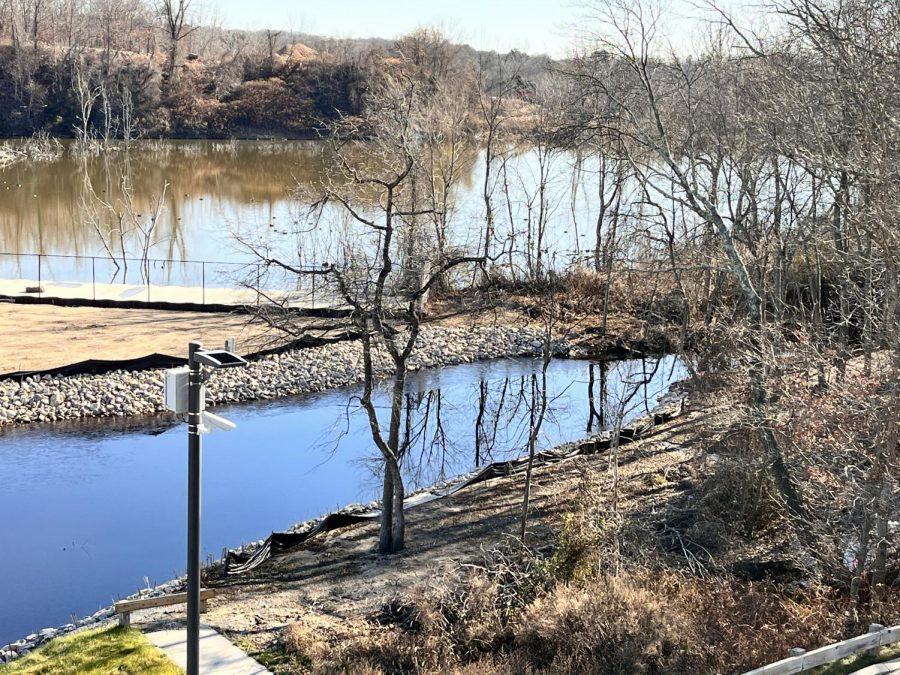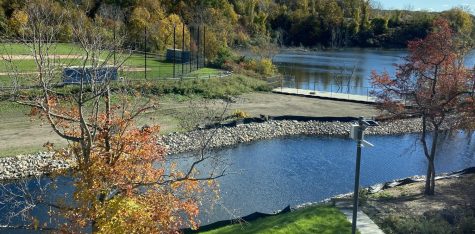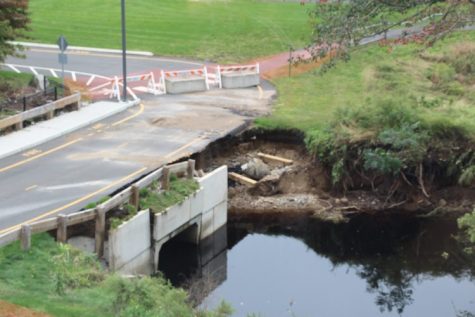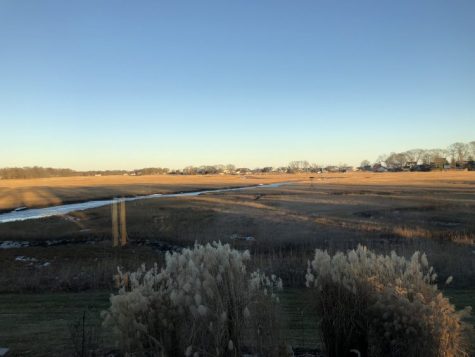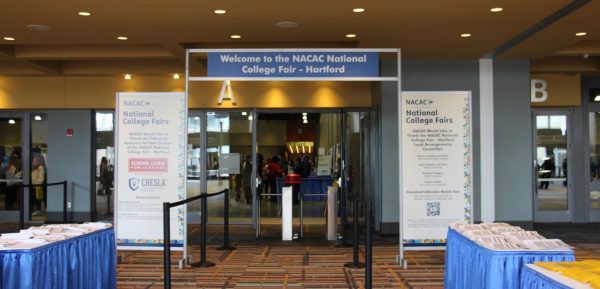Environmental Science Class Studies Morgan’s Ecosystem
Students Find Morgan’s Biodiversity Is Low
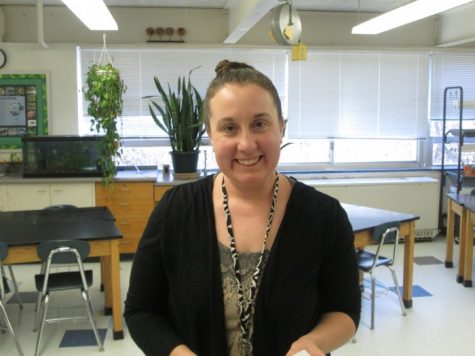
Morgan’s environmental science class, with science teacher, Emily Lisy, participated in studies of the biodiversity around Morgan. Ecosystems are vastly different depending on their location. Ecosystems are greatly affected by construction, climate change and other factors which reduce how biodiverse they are. Having biodiverse ecosystems is extremely important, as different types of species rely on each other to survive.
One of the tools the students used was the Shannon Index. The Shannon Index is a scale that measures the biodiversity of different types of species in a given area. The Shannon Index is measured in H values. The higher the value of H, the more diversity of species are in a particular community. The lower the value of H, the lower the diversity. According to senior Victoria Lee, who is in the Environmental Science class, the results from the Shannon Index was .38. Numbers closer to 7 mean a higher diversity in species, while zero means that the ecosystem around Morgan is filled with the exact same type of species. They found this value by placing 96 total traps around Morgan. .38 is an incredibly low number, and was lower than they had expected.’
Students also recorded data using a Leaf Litter. They compared the biodiversity of species in different areas of The Morgan School’s ecosystem. They collected bags of different types of soil from different parts of the forest. Students brought the bags in and put them under a heat lamp for 2-3 days with a cup of alcohol under a funnel that the soil was placed in. Any organism in the soil would crawl down and fall into the alcohol. They were expecting more organisms than they found. The minimal amount of organisms that were present in the alcohol hinted that the soil was not healthy.
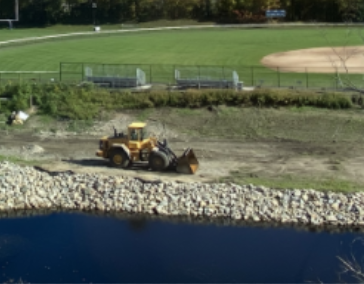
For the past few years, there was construction that took place behind Morgan. The construction aimed to reroute the water on Indian River, which runs through Morgan. The environmental science students were not able to test directly where the construction occurred because the construction was still ongoing, and the water was blocked off when they conducted these studies. Although these studies did not directly test the water by the river construction, they most certainly do give us clues as to the water quality and biodiversity in the water.
According to Emily Lisy, construction companies working on rerouting water need to follow what are known as BMP, or best management practice. Best management practices are laws set by the government that these construction companies need to follow. These construction people need to try not to remove any vegetation because the removal of vegetation exposes the water to more direct sunlight, and therefore causes the water to be warmer, which is not good as warmer water tends to lower oxygen levels making it harder for organisms to survive. Construction companies also need to put up fences to prevent soil erosion, and not damage organisms’ habitats, such as by removing rocks. The environmental science class will be doing studies on the river’s water quality early next year when the construction project allows them to safely access the water.
The ecosystem behind Morgan is clearly suffering. There is very little biodiversity of species around Morgan. If there isn’t high biodiversity, it’s a reason for an alarm for the health of the earth. If there is not enough biodiversity in a given area, certain species would die because they all rely on each other for their survival.

Hello! I am Crisangel Afanador, and I am a Sophomore taking journalism for the third time. I enjoy interviewing and talking to students about various topics,...

